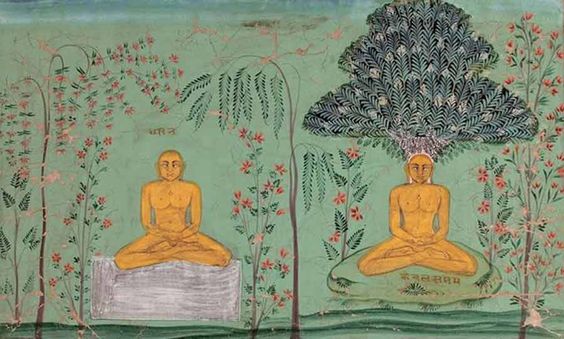
Over the years, yoga has become more and more visible thanks to the media and social networks. Tabloids write about how celebrities are in and out of yoga studios, actors praise the importance of meditation and even some political commentators openly talk about the impact of yoga on their every day lives.
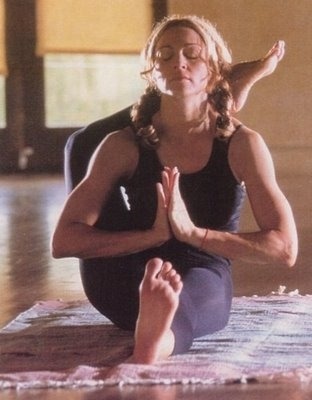
And if seeing the rich and famous indulging in the centuries-old practice wasn’t enough, friends and family are now often recommending watching yoga videos or subscribing to online yoga classes from yogis such as Yoga With Adrienne and Jessamyn Stanley.
Yes, yes – yoga is perhaps a trend in the West (but a classic in the East). Yet, the question is: where do you start and how do you find out which one is for you?
What exactly is Yoga?
Yoga is an ancient practice estimated to be over 5,000 years old (renowned researchers believe it might be over 10,000 years old). It is a practice that has morphed and branched out over the years but generally has the same objective: to unite body, mind and spirit.
How each practice decides to do it is absolutely different and unique in its own way. Besides, there are plenty of styles to choose from as it is said that there are over 200 different styles of yoga to this day.
So, let’s take a look at some of the most well-known.
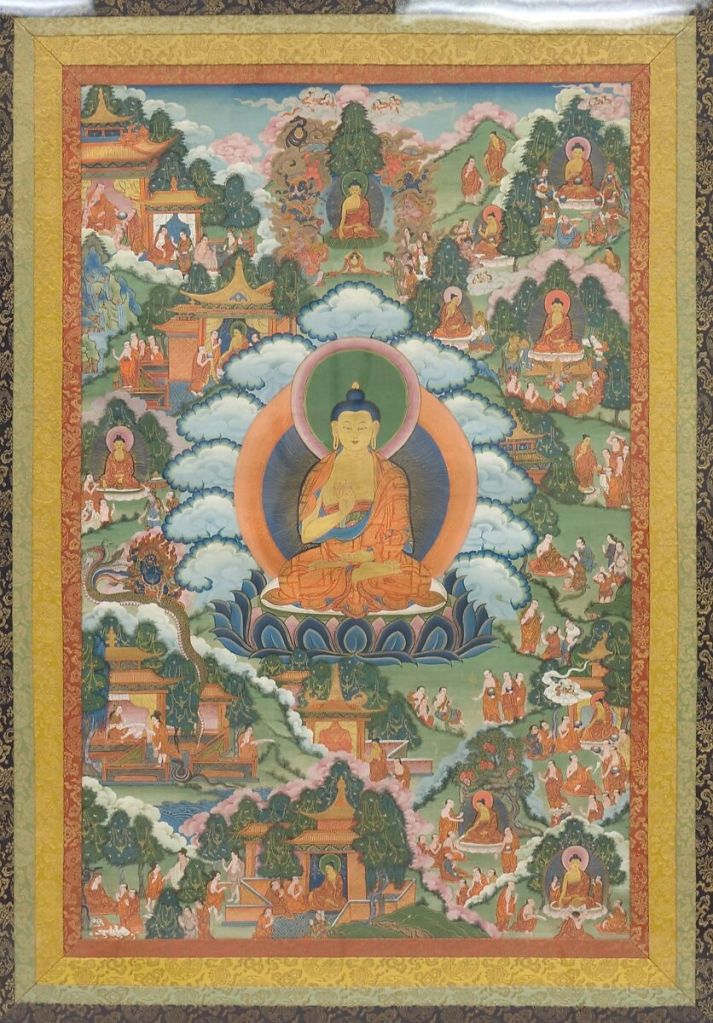
Types of Yoga
Ashtanga Yoga
This type of yoga is one that is strongly rooted in the traditions of yoga as it is based on Patanjali’s 8 Limbs of Yoga, a series of steps that must be taken in order to train the body, mind and soul to achieve enlightenment. It was brought to the West by Sri K. Pattabhi Jois (here’s a video of the yogi leading an Ashtanga class).
Ashtanga is a very dynamic practice that encourages self-observation without judgement as well as cultivating self-discipline. The practice tends to be predictable as you practice the same sequences of postures in every practice. The basis of this practice is to synchronise movement with the breath, which sounds easier said then done.
Ashtanga is a practice in which we acknowledge that each day we step onto our mat, we bring something different. Some postures may be harder or easier than on some days compared to others, yet we learn to appreciate every practice as a moment to connect with ourselves and spirit on a deeper level.

Hatha Yoga

Hatha is also one of the most traditional practices as it is based on a yogic manuscript called Hatha Yoga Pradipika by master Swatnarama.
Hatha in Sanskrit is a combination of the words “Ha” (sun, active energy) and “Tha” (moon, calming energy) which reflects the need for energetic balance through yogic practice. In Hatha, strength is seen as the pathway to enlightenment as it is also the tool to balance our polar energies within the body.
Hatha teaches us to appreciate stillness and encourages us to be fully aware of the present moment due to its pausive nature.
This practice is highly recommended for beginners because of its slow pace as well as its focus on alignment rather than constant movement. Try this practice out and see how you feel!
Vinyasa Yoga
This style of yoga is exceptionally dynamic and mostly challenging. Much like Ashtanga, it bases its practice on synchronising the movement of postures with the breath. However, unlike Ashtanga, no class is alike.
Vinyasa Yoga is a yoga that embodies life’s continuous flow and how our world (and ourselves) are in continuous movement. We appreciate that things in life are only temporary. Therefore, the more we practice, the more we adapt this philosophy of simply appreciating what arises whilst also learning to not get too attached.
Vinyasa is great for those who are already familiar with yoga and want to take their practice to the next level. Try this practice and see how you feel!
Iyengar Yoga
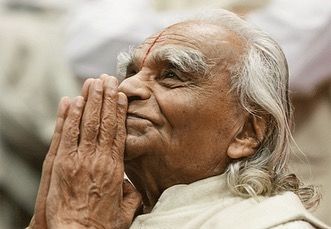
Similar to Hatha Yoga, B.K.S. Iyengar created his own style of yoga for all practitioners – no matter what their age or body type – so that yoga can be practiced throughout all seasons of our life.
Iyengar was taught by one of the most prestigious yogis, his brother-in-law Krishnamacharya – one of the most influential gurus to have made yoga as what we know today.
Iyengar Yoga is a practice that focuses on precise alignment. It can be a calm and accessible practice as many postures are done with accessories such as chairs, ropes and blocks.
This practice is fantastic for beginners and those who have physical injuries in need of rehabilitation.
Here’s a 30 minute Iyengar practice for you to try out – perfect for beginners and intermediates. You’ll only need a mat, a chair and be close to a wall to use as support.

Restorative Yoga
This type of yoga is a profound, calm practice in which postures are held for 3-5 minutes to relax the body and mind. Like Iyengar, accessories are used such as blocks and quilts to facilitate this restorative practice.
This style is perfect for yogis that need profound relaxation, rehabilitation but, most of all, connection.
Here’s a 30 minute Restorative practice to give you a feeling for this style of yoga.
Kundalini Yoga

By far my favourite yogic practice, Kundalini Yoga was a clandestine variant of yoga that was brought to the Western world by Yogi Bhajan in the 1960s. It is a deep, spiritual practice that has been said to have even helped addicts of the 70s go sober as the practitioners claimed to get a natural high from their Kundalini practices.
Kundalini is a deeply spiritual and energetic practice that focuses on elevating the vital creative energy in our body (Kundalini Energy) to unblock our chakras (energy centres) and feel more calm, present and at peace.
Kundalini seldom uses any poses, but it is strongly focused on the use of pranayamas (breathwork), mantras and meditation to stimulate the flow of energy in the body.
Excellent for practitioners that are seeking for a deeper spiritual connection.
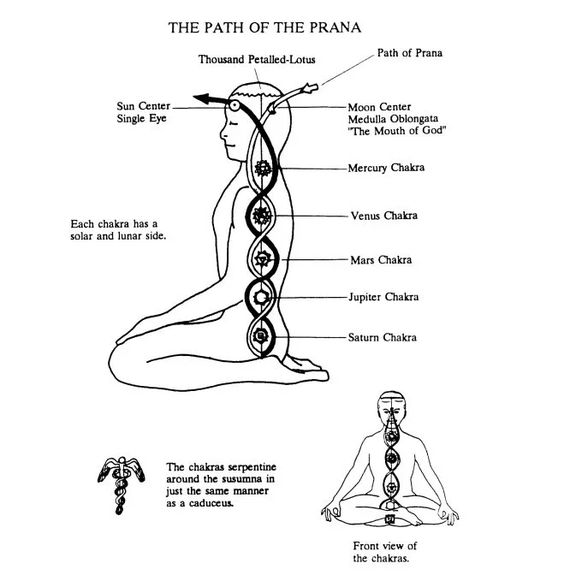
One thought on “Which Yoga Is Your Vibe?”